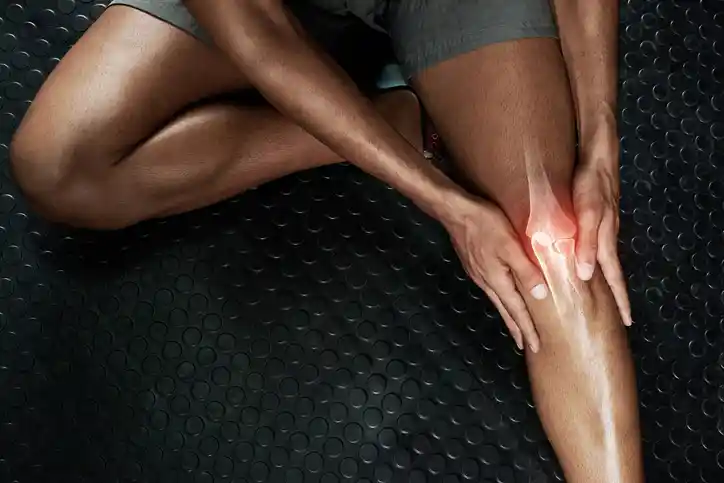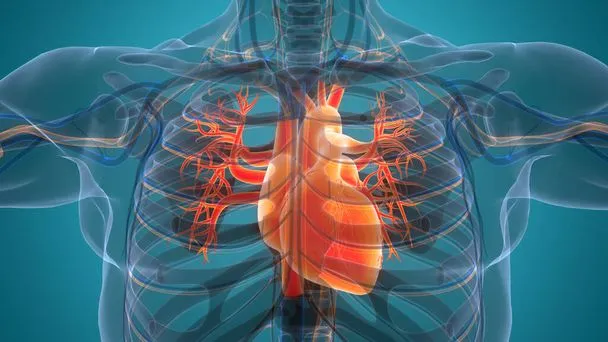Fibular neuropathy, also known as peroneal neuropathy, is a condition characterized by dysfunction or damage to the fibular nerve, a major branch of the sciatic nerve. This neuropathy can manifest with various symptoms, including foot drop, sensory deficits, and muscle weakness in the lower leg and foot. Accurate diagnosis and assessment of fibular neuropathy severity are crucial for effective management and treatment planning. In this article, we explore how electromyography (EMG) and nerve conduction studies (NCS) serve as invaluable tools in the diagnostic process, aiding in the determination of severity and guiding therapeutic interventions.
Understanding Fibular Neuropathy: The fibular nerve, originating from the sciatic nerve, supplies motor innervation to the muscles of the anterior and lateral compartments of the leg, as well as sensory innervation to the dorsum of the foot and toes. Fibular neuropathy can arise from various etiologies, including compression, trauma, entrapment, metabolic disorders, and systemic diseases like diabetes mellitus. Clinical presentations may vary, with common symptoms including foot drop, numbness or tingling along the lateral leg and dorsum of the foot, and weakness in ankle dorsiflexion and eversion.
Role of EMG/NCS in Diagnosis: EMG and NCS play a pivotal role in the diagnosis of fibular neuropathy, offering valuable insights into nerve function and pathology. EMG involves the insertion of needle electrodes into affected muscles to assess their electrical activity. In fibular neuropathy, EMG may reveal abnormalities such as fibrillation potentials, positive sharp waves, and reduced recruitment in muscles innervated by the fibular nerve, indicating denervation and muscle involvement. These findings help confirm the diagnosis and localize the site of nerve injury.
NCS, on the other hand, evaluate the integrity and function of peripheral nerves by measuring nerve conduction velocities and amplitudes. Specifically, for fibular neuropathy, NCS assess motor and sensory conduction along the fibular nerve pathway. Reduced conduction velocities and diminished compound muscle action potentials (CMAP) and sensory nerve action potentials (SNAP) are indicative of nerve damage or dysfunction, further supporting the diagnosis of fibular neuropathy and aiding in localization.
Diagnostic Challenges and Differential Diagnosis: While EMG/NCS provide valuable diagnostic information, distinguishing fibular neuropathy from other lower extremity neuropathies and musculoskeletal disorders can be challenging. Differential diagnoses may include other peripheral neuropathies, lumbosacral radiculopathies, and musculoskeletal conditions such as ankle sprains or fractures. Therefore, a comprehensive clinical evaluation, including history, physical examination, and ancillary tests, is essential for accurate diagnosis and differentiation.
Assessing Severity and Prognosis: Beyond diagnosis, EMG/NCS play a crucial role in assessing the severity of fibular neuropathy, guiding treatment decisions, and prognosticating outcomes. The extent of nerve dysfunction, characterized by the degree of motor and sensory involvement, aids in stratifying the severity of neuropathy. EMG/NCS findings, such as the amplitude of CMAP and SNAP, provide quantitative measures of nerve conduction and muscle function, which can be tracked over time to monitor disease progression and response to treatment.
Therapeutic Implications and Management: Armed with comprehensive diagnostic insights gleaned from EMG/NCS, tailored therapeutic interventions can be initiated to alleviate symptoms, mitigate nerve damage, and optimize functional outcomes in fibular neuropathy. Management strategies may include conservative measures such as physical therapy, orthotic devices, and perineural injection therapy. In cases of severe or refractory neuropathy, surgical interventions such as nerve decompression or tendon transfers may be considered to improve motor function and prevent complications such as foot deformities.
Emerging Trends and Future Directions: Continual advancements in neurophysiological techniques and imaging modalities hold promise for enhancing the diagnostic precision and therapeutic efficacy in fibular neuropathy. Novel approaches such as high-resolution ultrasound, magnetic resonance neurography, and quantitative sensory testing may provide additional insights into nerve morphology, function, and pathophysiology. Furthermore, emerging therapies such as nerve stimulation techniques and regenerative medicine hold potential for promoting nerve regeneration and functional recovery, thereby improving outcomes for individuals with fibular neuropathy.
Conclusion: EMG and NCS serve as indispensable tools in the diagnosis, severity assessment, and management of fibular neuropathy. By providing valuable insights into nerve function and pathology, these neurophysiological tests aid in confirming the diagnosis, localizing nerve injury, and guiding treatment decisions. As our understanding of fibular neuropathy continues to evolve and new technologies emerge, EMG/NCS will remain essential components of the diagnostic and therapeutic armamentarium, helping to optimize outcomes and improve the quality of life for affected individuals.





